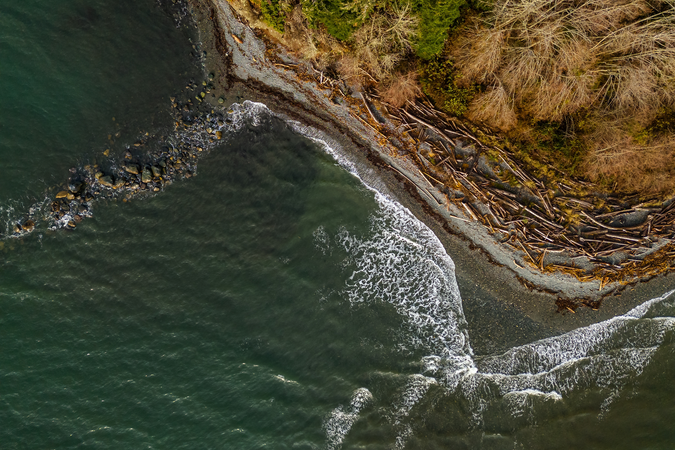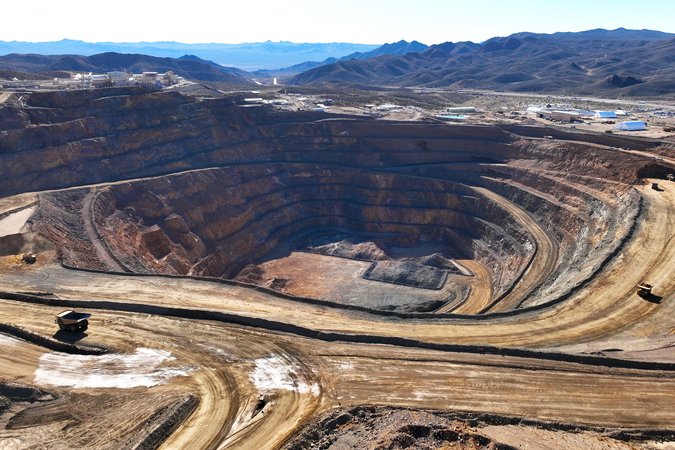What Drives Long-Term Biodiversity Change? New Insights from Combining Economics, Paleo-Ecology, and Environmental History
DownloadThis paper presents an econometric analysis of the relationship between economic and environmental factors and biodiversity change in Scotland over the period 1600-2000. Our main hypothesis is that economic development, as captured by changes in prices, technological improvements and management intensity, is a significant determinant of long-run biodiversity change. The measure of biodiversity used here is an estimate of plant species diversity, onstructed by the authors using paleo-ecological analysis of pollen remains. We assemble a new data set of historical land use and price data over 11 sites during this 400 year period; this data set also includes information on long-run climate change and extreme weather events, as well as changes in agricultural technology, land tenure and land ownership. A panel model is then estimated, which controls for both supply and demand shifts over time. Our main result is that agricultural prices, which determine livestock numbers, do indeed impact on biodiversity, with higher prices leading to lower diversity scores, due to their influence on production. No significant direct effects of either changes in technology or climate are detected.
Authors

Nick Hanley

Konstantinos Angelopoulos

Dugald Tinch

Althea Davies

Fiona Watson

Edward Barbier



